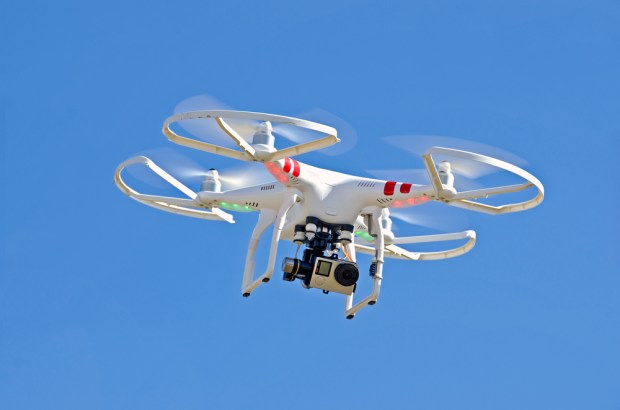Coming Soon: Hamburgers By Drone In The Burbs

The last mile has its challenges — faced on land, over roads, amid ocean waves and in the air.
Yet among the many logistical obstacles, of getting things where they need to go, lies the additional challenge of grappling with the environment — namely, how to protect it in an age when traditional traffic means congestion and also leads to pollution.
In a recent announcement in the drone space, Israeli firm Flytrex said late last month that it has linked with the North Carolina state government as part of a pilot program through the Federal Aviation Administration (FAA).
Under the terms of that program, known as the Unmanned Aircraft System Integration Pilot Program, governments link with firms to deploy drone delivery services.
The May announcement followed an earlier deployment of a pilot program with the Ukrainian Postal Service, which is running tests for delivery services of pharmaceutical products in Africa. Separately, Flytrex, which offers drone delivery services (but does not build the drones on its own — instead, it provides logistics and management through the cloud) partnered with AHA, which is billed as one of Iceland’s largest eCommerce companies. The company is in the midst of helping deliver goods around the city of Reykjavík.
In an interview with PYMNTS conducted via written means, Amit Regev, vice president of product and co-founder of Flytrex, noted the timing may be ripe for drone delivery, especially in the deployment of electric ones.
The advantage of using drones in last mile delivery, said the executive, lies in the fact that, as Regev stated, drones are faster, cheaper and more flexible. For his own firm, he said, “We at Flytrex are focusing our service for the suburbs, where the population density is lower than the city centers, and our product advantages are even greater than the ones in city centers.”Other drone firms focus on urban centers, where high population density helps lift those companies toward profitability.
“But for the suburbs,” said Regev, “this is where drones really shine: Using drones, a single operator can handle roughly 15 deliveries an hour instead of three deliveries per hour using [a] manned vehicle, and, servicing private housing, drones can deliver directly to your backyard — faster and cheaper.”
“You can stay in your underwear … no need to tip,” he told PYMNTS.
He stated, too, that drones in general are markedly safe along the last mile. With several million drones flying globally and making deliveries, there’s not been a single casualty. The drones deployed by Flytrex, he said, can carry up to 6.6 pounds to distances of up to 6.2 miles (measured as a round trip). The drones the company uses, he said, can fly for 40 minutes, measured without payload. Against those parameters, he said, food and smaller consumer goods are the most obvious choices for delivery. In fact, the company is focused on food delivery in the aforementioned suburban settings.
With a nod to the FAA program, he said that “as a first step, we intend to start servicing a small neighborhood in one of North Carolina’s cities and later expand the service to other parts of the city. Working step by step, we intend to advance technologies for BVLOS (beyond visual line of sight) operation, flying above/near people and night ops…”
“Food delivery logistics is already at the right level for on-demand, near-instant deliveries — and that is something that can’t be said for many other markets (e.g. clothing etc.),” he told PYMNTS. “Plus, as a consumer, you’d probably appreciate your hamburger arriving in five minutes rather than 45, much more than your new shoes.”
